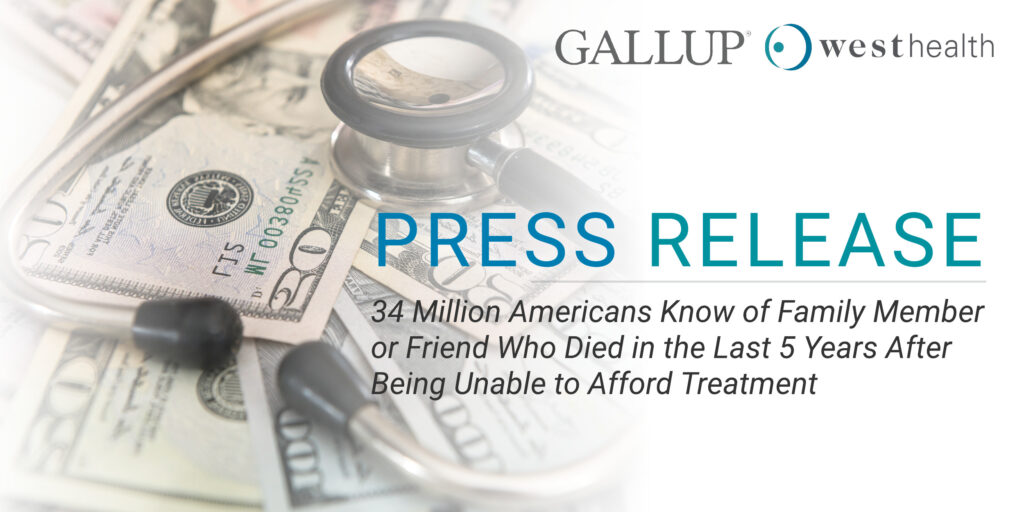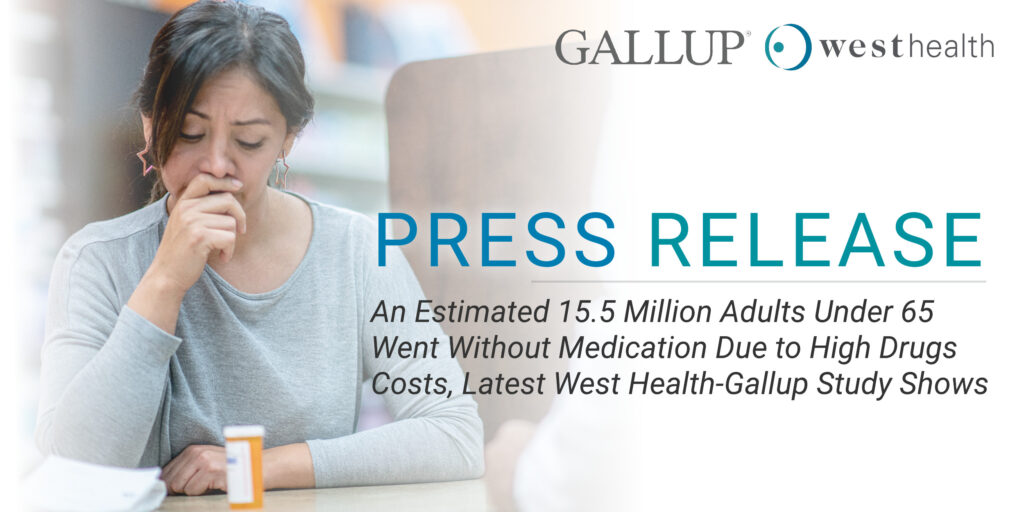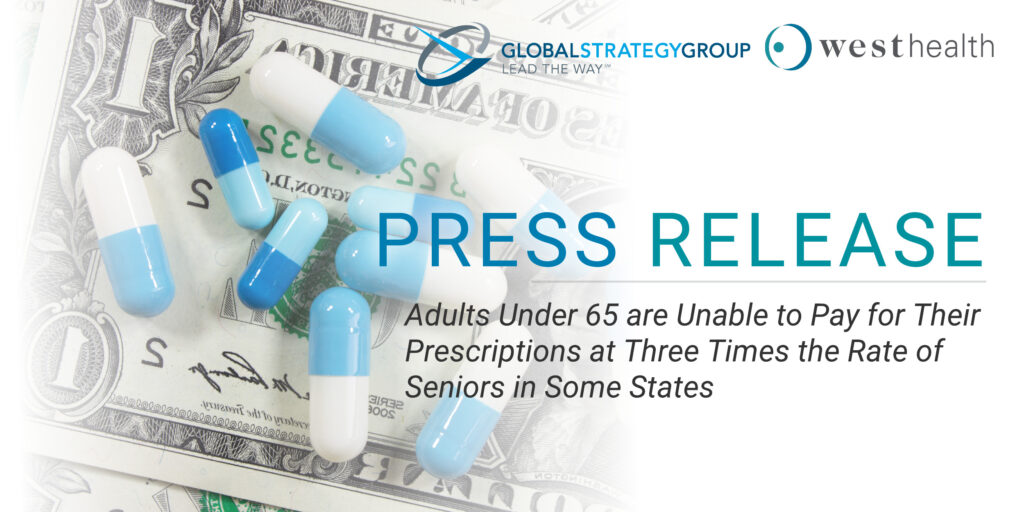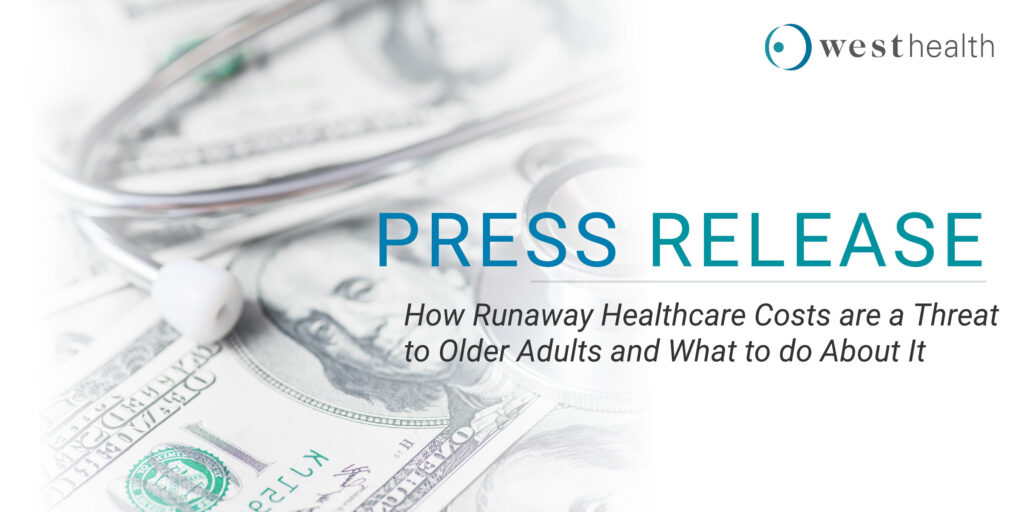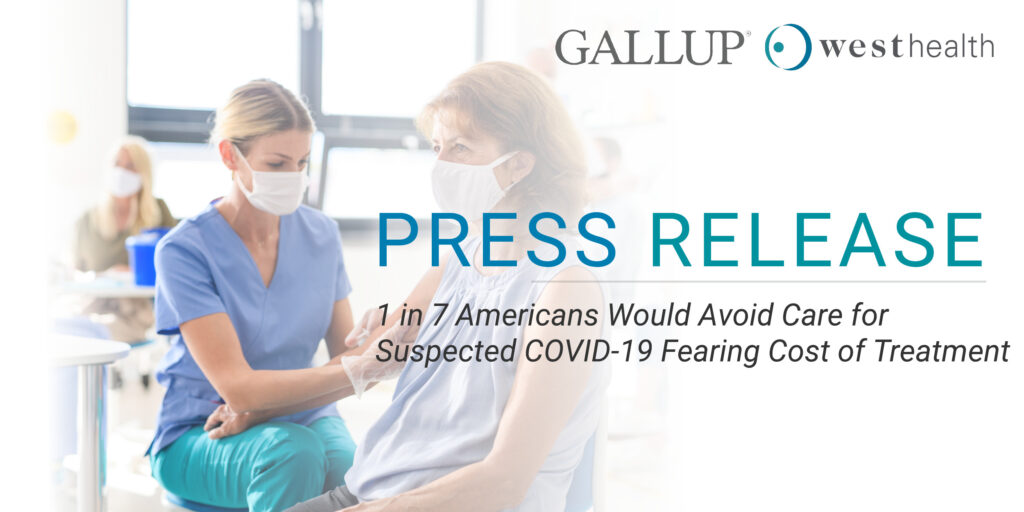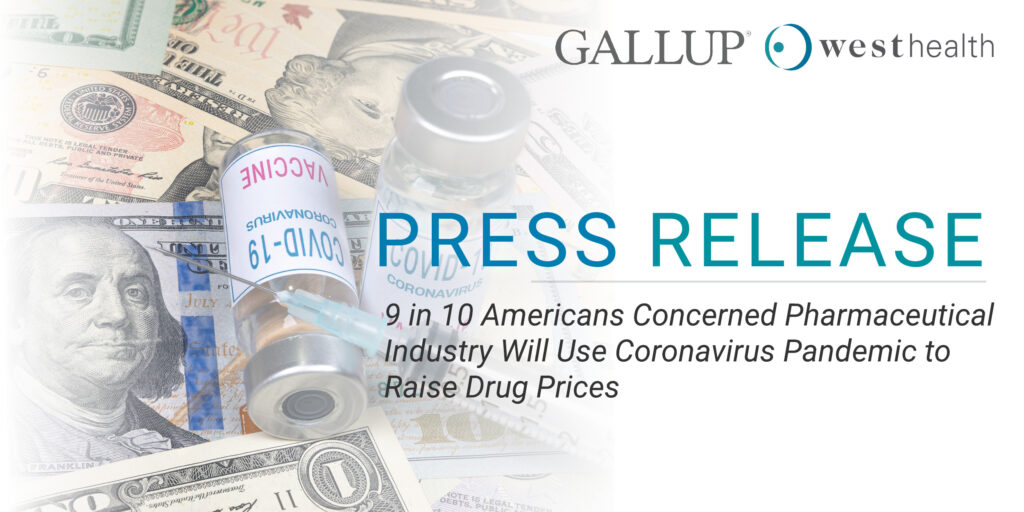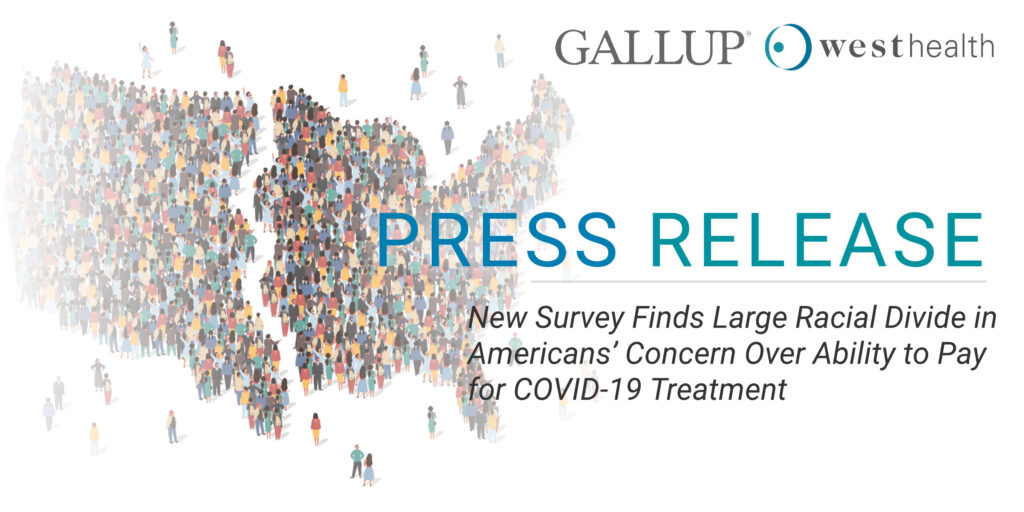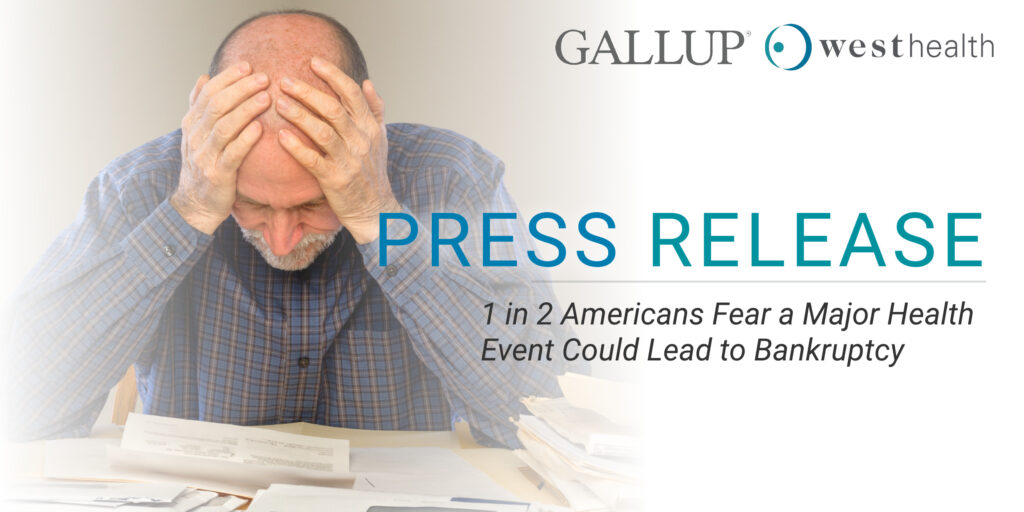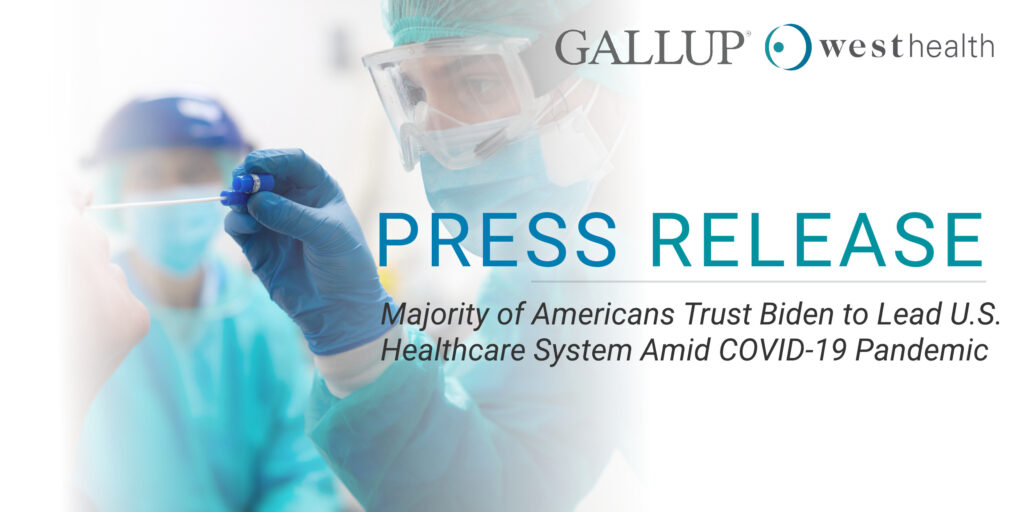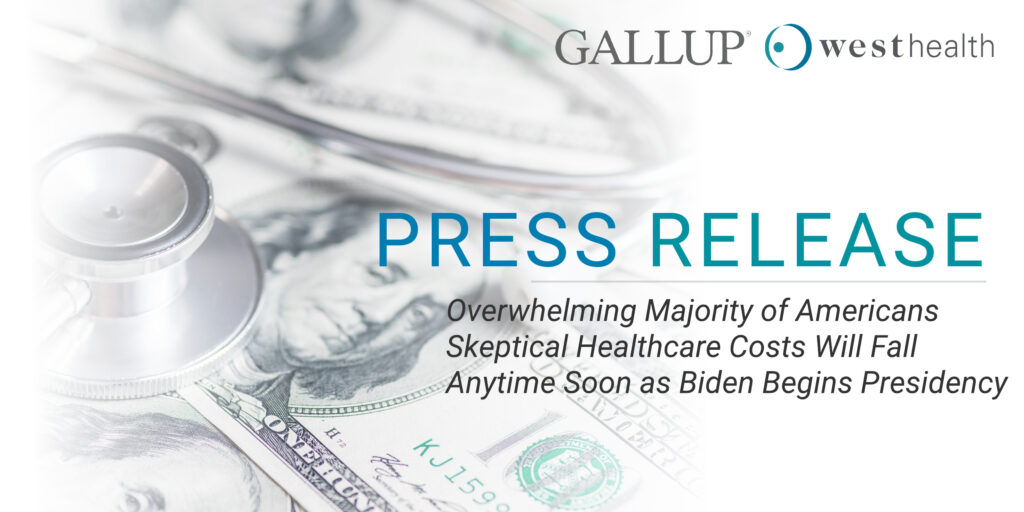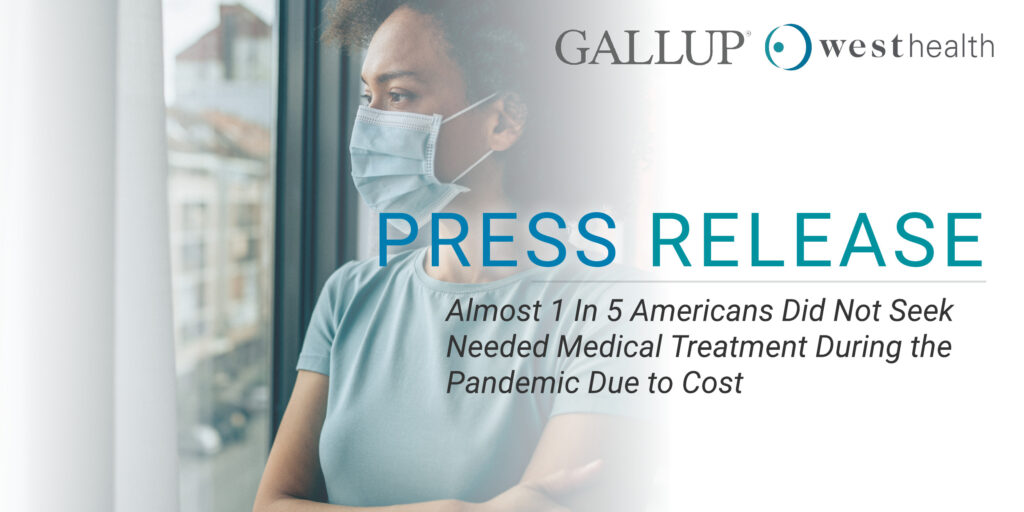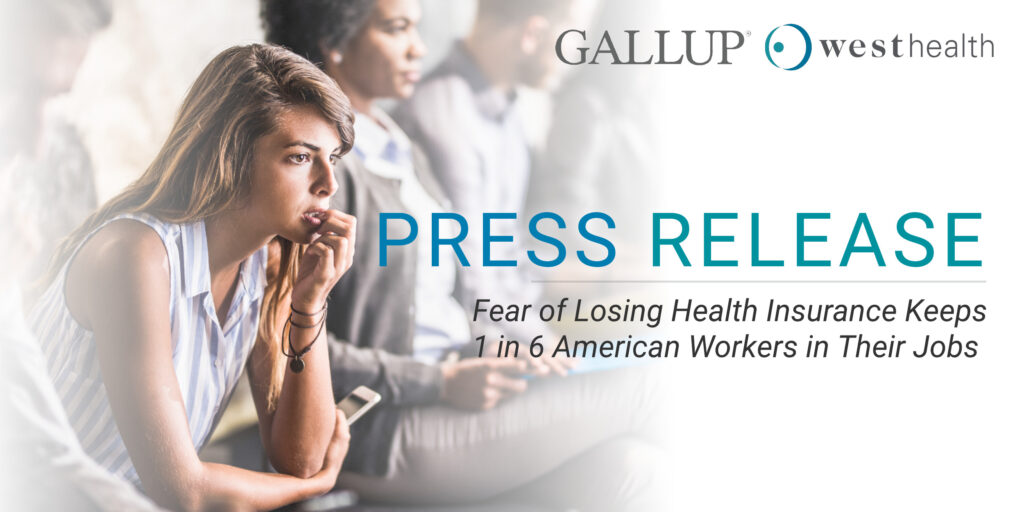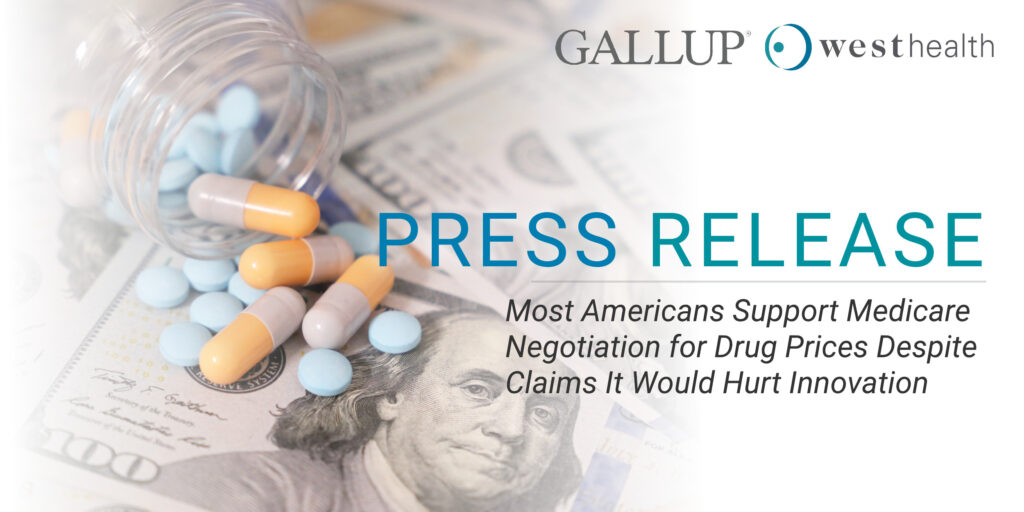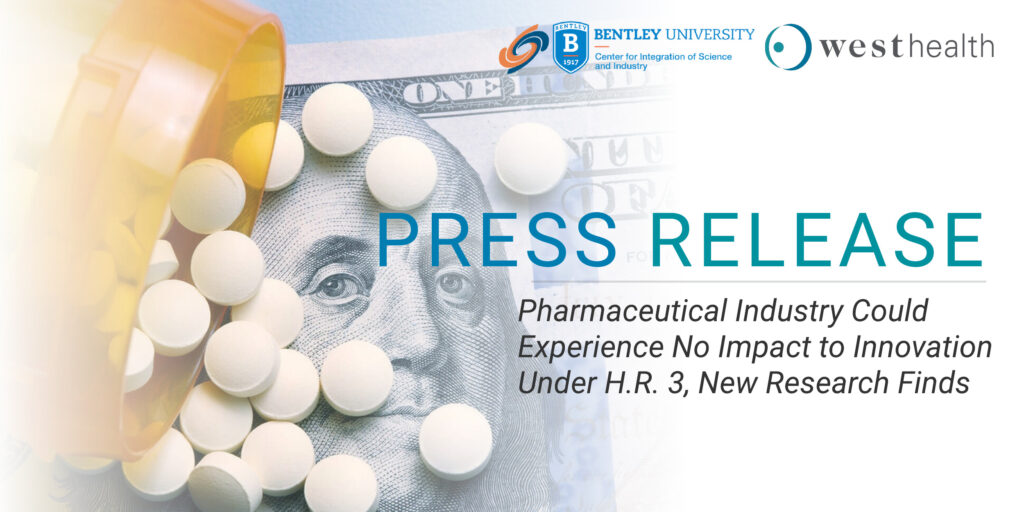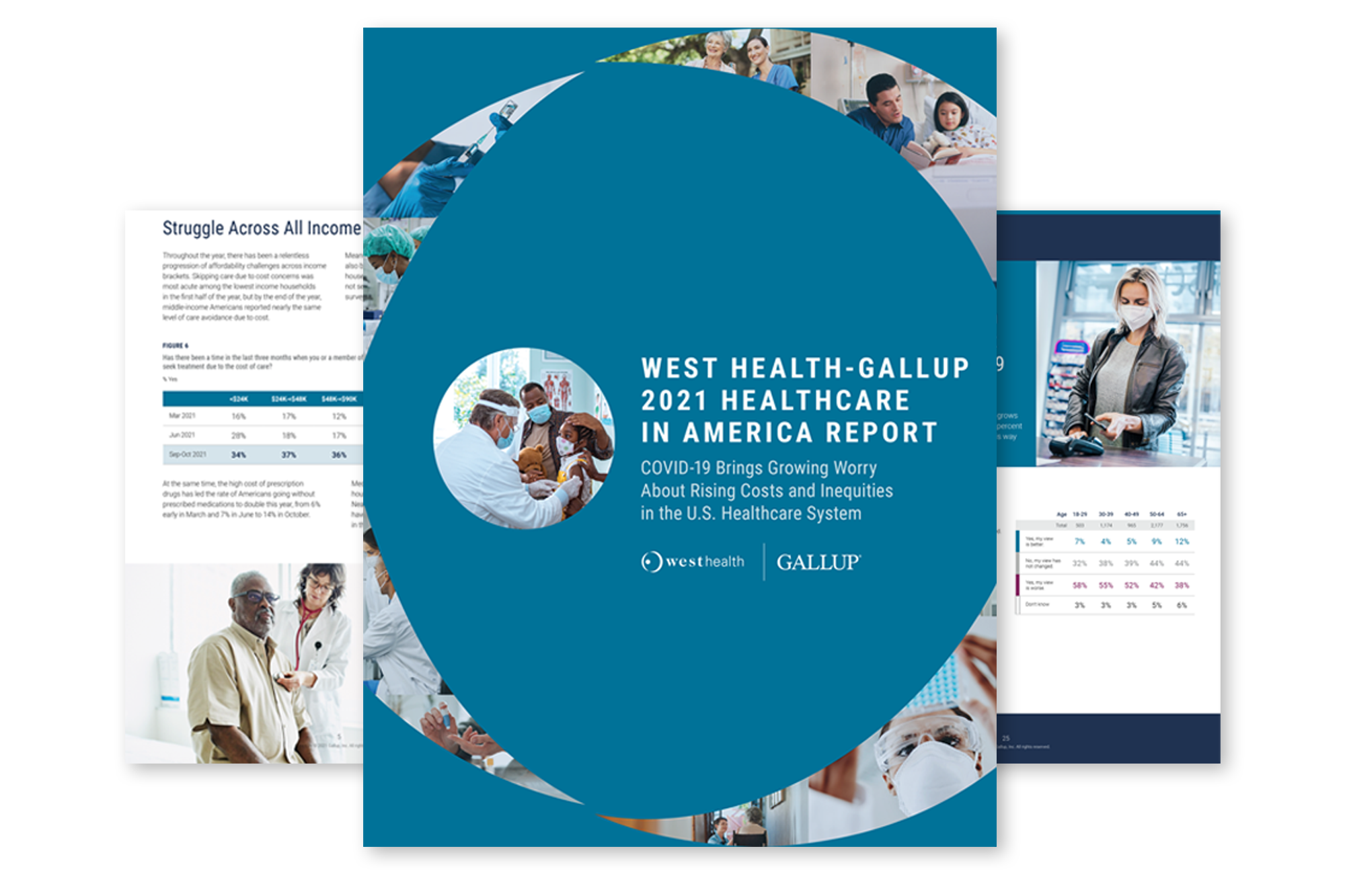
Executive Summary
At the close of 2021, Americans report a growing struggle to pay for healthcare, increasing concerns about inequities and access in the U.S. healthcare system, and little faith the federal government will enact reform to make things better anytime soon. Irrespective of race, gender, or income, Americans are more burdened by and worried about healthcare costs.
While these issues are not necessarily new, the degree to which they have been heightened or exacerbated by COVID-19 are at an all-time high since the beginning of the pandemic, according to measurements by West Health-Gallup. The 2021 Healthcare in America Report, drawn from a nationally representative sample of more than 6,600 U.S. adults, tracks changes in public attitudes throughout the year and details a relentless progression of affordability challenges across all race, gender, and income brackets.
The report, one of the largest surveys conducted during the pandemic on the public perceptions of the U.S. healthcare system, provides a comprehensive look at changing attitudes, behaviors, and trends in healthcare.
Report At A Glance
48%
Americans who say their view of the U.S. healthcare system worsened due to the pandemic
37M
Number of Americans (15%) who report greater difficulties in paying for healthcare
100M
Number of Americans who characterize the U.S. healthcare systems as expensive and broken
12.7M
One out of 20 adults say friend or family member died because they couldn’t afford medical treatment
Report Highlights
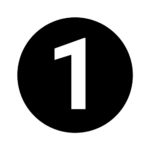 Negative perceptions of the U.S. healthcare system related to cost, quality and access grew dramatically over the course of the COVID-19 pandemic
Negative perceptions of the U.S. healthcare system related to cost, quality and access grew dramatically over the course of the COVID-19 pandemic
Nearly half (48%) of all Americans say their view of the U.S. healthcare system worsened due to the pandemic
An estimated 38 million Americans (15%) report greater difficulties in paying for healthcare
Sixty percent of Americans report that the pandemic has made them more concerned about unequal access to care, a concern that rises to nearly 3 in 4 Black Americans and 2 in 3 Hispanic Americans
America Speaks
“Expensive,” “Broken,” and “Unfair”
West Health and Gallup began the survey with a simple prompt for Americans: describe the U.S. healthcare system in “three words or short phrases. Nearly 50% of respondents used one of these three words. The harsh descriptors are a sharp contrast to a 2019 West Health and Gallup survey on U.S. healthcare costs in which close to half (48%) of Americans believed the quality of care found in the U.S. was either the “best in the world” or “among the best.”
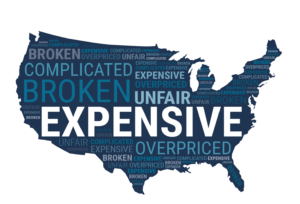
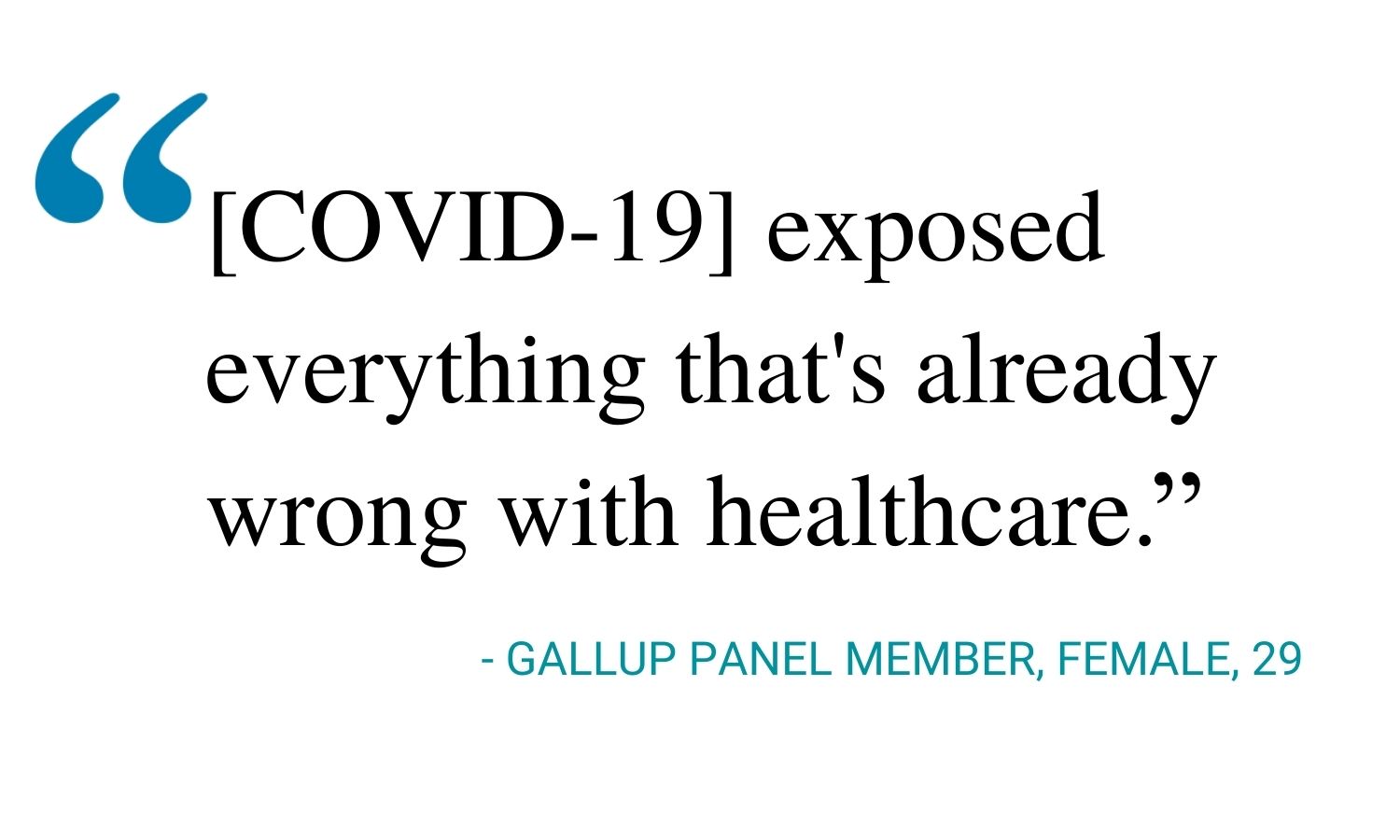
Other West Health-Gallup Work
Explore the Data
Review, analyze, compare, and share the complete data sets through the downloads below to verify and explore new insights.
NATIONAL DATA
Access and review the full data and demographic cuts by question. Download here.
STATE-LEVEL DATA
State-level data sets include in-depth reports from California, New York, Florida, Pennsylvania, and Texas alongside national trends. Download here.
___________________________________________________________________________________________________________
Methodology
Results are based on a survey conducted by web over successive field periods of Sept. 27-30 and Oct. 18-21 with 6,663 adults, aged 18 and older, living in all 50 U.S. states and the District of Columbia as a part of the Gallup Panel. For results based on these monthly samples of national adults, the margin of sampling error at the 95% confidence level is +1.5 percentage points for response percentages around 50% and is +0.9 percentage points for response percentages around 10% or 90%, design effect included. For reported sub-groups such as by age, political identity, household income, or race/ethnicity, the margin of error will be larger, typically ranging from ±3 to ±5 percentage points.
The final report can be found here.




